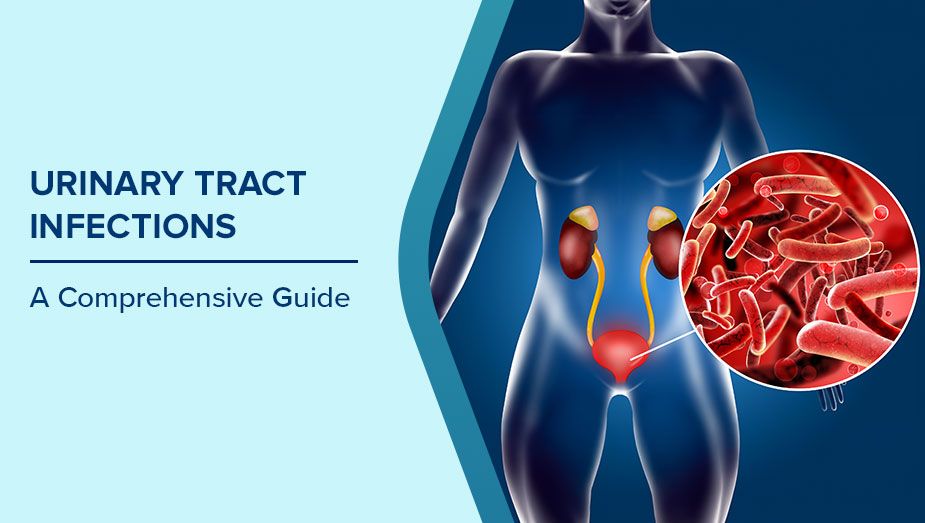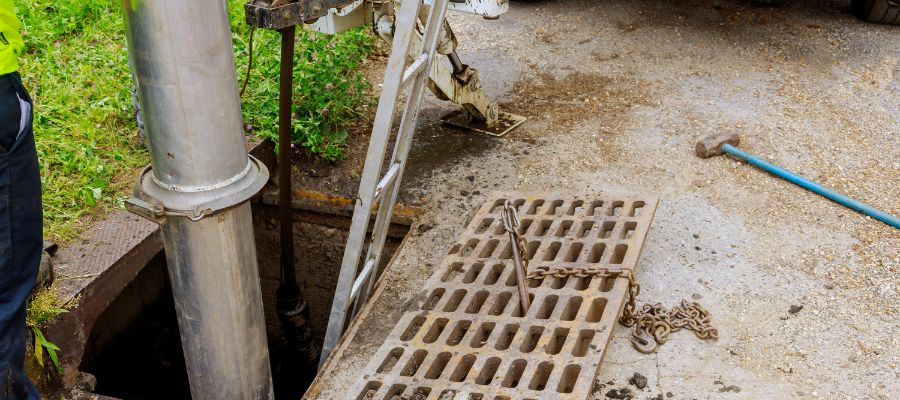As a homeowner, it can be frustrating to deal with a sewer line backlog or leak. It might be challenging to identify the underlying cause of your sewage issue in addition to the unpleasant smell and untidy cleanup caused by a damaged sewer pipe.
Knowing how to identify the primary causes of sewage line damage is crucial for helping to either prevent damage from occurring or help resolve it once it does. Here are some typical causes of damaged sewer lines, warning signals to watch out for, and instructions on how to fix or upgrade your sewer system.
Table of Contents
Sewer Line Damage Factors
Here are some of the reasons sewer lines get damaged, from clogged pipes to regular wear and tear.
Tree roots are one of the most frequent reasons for sewer line damage. The growth of a tree’s roots follows water sources. Roots are drawn to the source naturally because sewer lines convey liquid waste, especially if there is already a tiny leak in the piping.
Tree roots can wrap around and break through sewer pipes once they come into touch with them, obstructing, weakening, and even destroying the construction. The most vulnerable sewer lines to damage from tree roots are the clay sewer pipes, which are often found in older residences.
Also Read : The dishwasher won’t start? 6 Signs That Your Appliance Needs Repair
1. rusted pipes
Galvanizing pipes made of steel and cast iron stops them from rusting. However, due to calcium and magnesium buildup from normal wear and tear, these pipes are very susceptible to corrosion. Untreated corrosion increases the risk of leaks and splits in the pipe.
2.Pipe Blockages Caused by Foreign Objects and Debris
Only human waste and toilet paper may be handled by the sewer lines in your home. Avoid flushing garbage like wrappers and paper towels since they can clog drains and are difficult for drain cleaning chemicals to clear.
Sewer line damage indicators
Knowing the warning signals of a malfunctioning sewer system will enable you to act quickly and call a qualified service specialist, preventing more damage.
1.Yard That Is Flooded or Smells Bad
A broken sewer line may be the cause of a flooded yard. The depth at which sewer lines are buried can range from a few inches to six feet, with colder areas necessitating deeper pipes. A damaged pipe can immediately start to pool water that seeps through the grass and is visible on the surface of sewer lines that are close to the ground. Given that sewage gas can infiltrate through the soil of your yard, you might be able to smell the sewage before it manifests itself.
Also Read : Shower Head Test: The Best Of 2022
2. Draining Problems
A blockage in the main sewage line can be found if many draining sites in the house are clogged, even if some blockages are brought on by pipes that directly flow from a faucet or shower. When air is forced back up the system, unusual gurgling noises from toilets might signal severe clogs.
Also Read :
3.Water Damage to a Residence
If a drain line in the house leaks or breaks, water damage may result. Mold growth on the walls or flooring is one of the initial symptoms. This may indicate a broken sewer line within the house, in which case you need to call a plumbing company right away.
Repair and replacement of sewer lines
If your sewer line breaks or leaks and has to be repaired, you have two choices: You can either use trenchless sewer line repair or dig a trench around the sewer pipe. Trenchless sewer repairs use minimal to no digging and are time and money-efficient. Technicians enter the sewer system with a video camera to begin the procedure and suggest fixes. Then, one of the following two plumbing repairs is typically advised:
1. Pipe lining
Pipe lining involves inserting an inflated tube coated in epoxy into your sewer line if the damage to your sewage pipe is minor. The tube is then expanded, pushing against the current line.
Pipe bursting is a more invasive trenchless repair that can be used when a sewage system is too damaged to be repaired with pipe lining. The existing pipe is destroyed by technicians feeding a cone-shaped bit through it, and a new pipe is installed in its place right away. Although it costs more and takes longer, this method doesn’t necessitate deep excavation.
Taking Care of Your Sewer Lines
Here are three actions you can take to maintain your sewage system, even though not all sewer line damage is preventable:
1. Have your sewer lines inspected annually
To make sure your sewage system is operating properly, call a professional to perform an examination at least once every year. Several plumbing companies use a camera examination to check for corrosion or obstructions inside your sewer line.
2.Cut down trees that are causing damage to the sewer line
Even though a root invasion in your sewer line is frequently brought on by a crack or leak in the pipe that has already developed, we still advise cutting down the tree from the area after repairing or replacing the pipe to ensure the issue won’t recur in the future.
Conclusion
Being a homeowner and having to deal with a sewer line leak or clog can be frustrating.
One of the most prevalent causes of sewer line damage is tree roots. A tree’s roots expand in the direction of its water supply.
Galvanizing pipes made of steel and cast iron stops them from rusting.
Knowing the signs of a failing sewer system will help you take prompt action and contact an experienced service technician, limiting further harm.
If your sewer line leaks or breaks and has to be repaired, you have two options: Either trenchless sewer line repair or digging a trench around the sewer pipe are options.
Again, There are two options available if your sewer line breaks or leaks and needs to be repaired: either trenchless sewer line repair , or digging a trench around it.











